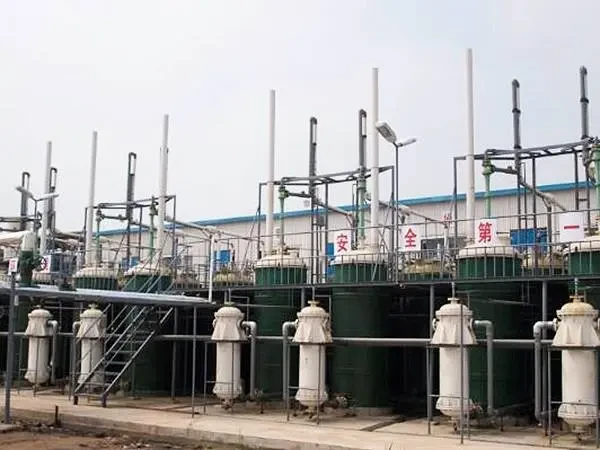



polyacrylamide for wastewater treatment
The Role of Polyacrylamide in Wastewater Treatment
Polyacrylamide (PAM) is an organic polymer that has gained significant attention in recent years for its efficacy in wastewater treatment processes
. Its unique properties, such as high molecular weight and excellent water solubility, make it a valuable tool for improving the removal of contaminants from various types of effluents.One of the primary functions of polyacrylamide in wastewater treatment is as a flocculant. Flocculation is a process where fine particles in suspension aggregate into larger flocs due to chemical and physical interactions. PAM enhances this process by bridging particles together, promoting the formation of larger, settleable flocs. This is particularly beneficial in the treatment of industrial wastewater, where fine colloidal pollutants are often challenging to remove. By using PAM, treatment facilities can significantly increase the efficiency of solid-liquid separation processes, which are crucial for maintaining water quality.
Furthermore, the use of polyacrylamide can lead to a reduction in the amount of chemical coagulants required during treatment. Traditional coagulants, such as aluminum sulfate or ferric chloride, are effective but can result in residual chemicals that complicate subsequent treatment steps. In contrast, PAM offers a more environmentally friendly alternative, leading to less chemical usage and lower potential for harmful residues.
polyacrylamide for wastewater treatment

The versatility of polyacrylamide extends to various applications within wastewater treatment systems. It can be employed in different phases, such as during primary treatment for clarifying water by removing suspended solids, or in secondary processes to enhance biological treatment efficiencies. Additionally, PAM can be tailored through modifications to provide specific charge characteristics or functional groups, allowing for optimized performance in diverse wastewater matrices.
However, it is essential to recognize the importance of proper dosage and application methods for polyacrylamide to be effective. Overdosing or incorrect usage can lead to the formation of excess sludge or the destabilization of the flocculation process. Therefore, careful monitoring and adjustment are necessary to achieve optimal results.
In conclusion, polyacrylamide is a vital component in modern wastewater treatment strategies. Its ability to improve particle removal, reduce reliance on traditional coagulants, and enhance overall treatment performance makes it an indispensable asset for wastewater treatment facilities. As environmental regulations continue to tighten and sustainability becomes a priority, PAM will likely play an increasingly critical role in achieving effective and efficient wastewater management solutions.
-
Why Sodium Persulfate Is Everywhere NowNewsJul.07,2025
-
Why Polyacrylamide Is in High DemandNewsJul.07,2025
-
Understanding Paint Chemicals and Their ApplicationsNewsJul.07,2025
-
Smart Use Of Mining ChemicalsNewsJul.07,2025
-
Practical Uses of Potassium MonopersulfateNewsJul.07,2025
-
Agrochemicals In Real FarmingNewsJul.07,2025
-
Sodium Chlorite Hot UsesNewsJul.01,2025










